Though a common knowledge, not every Cambodian people knows about their own 7 national animals and plants. Writing this is also a reminder to myself and the people I know who read my blog about our national symbols. Cambodia is one of the countries with beautiful culture, and many things that we have are very impressive. Let’s get to know a bit more about Cambodia and take a look at our national animals and plants below.
Giant Barb
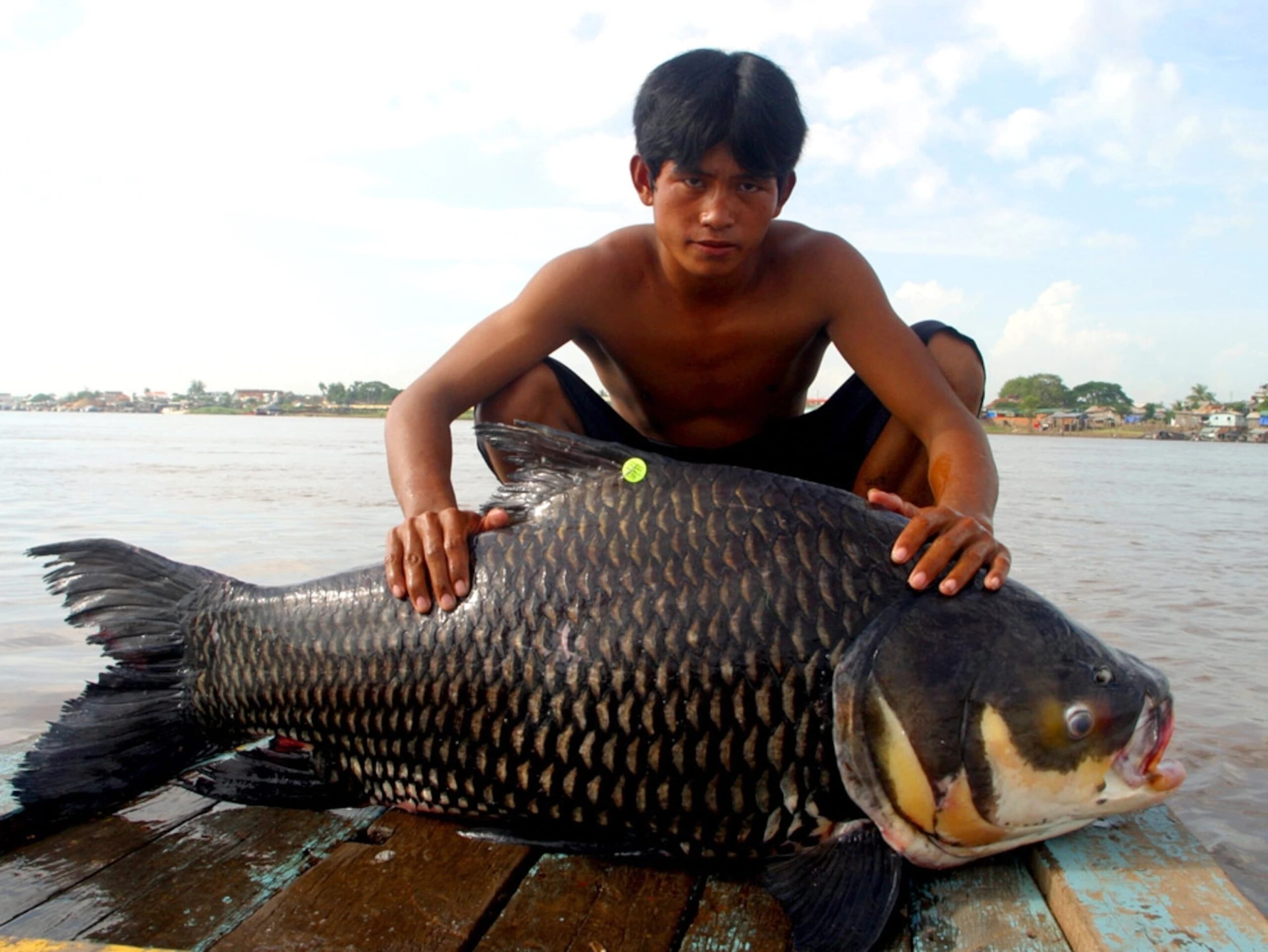
Giant barb is one of the largest freshwater fish in Cambodia that can weigh up to 300 kilograms. These national fish can grow as big as 2 to 3 meters with big scales on the body. A giant barb’s head is quite large, and it has no barbels. Giant barbs have a long history in Cambodia, and they dated far back to the ancient time. You can also find giant barb engraved on the walls of Angkor Wat Temple as well. In 2005, a royal decree designated giant barbs as the national fish of the country. The purpose is to bring conservation awareness to people in the country.
Giant Ibis
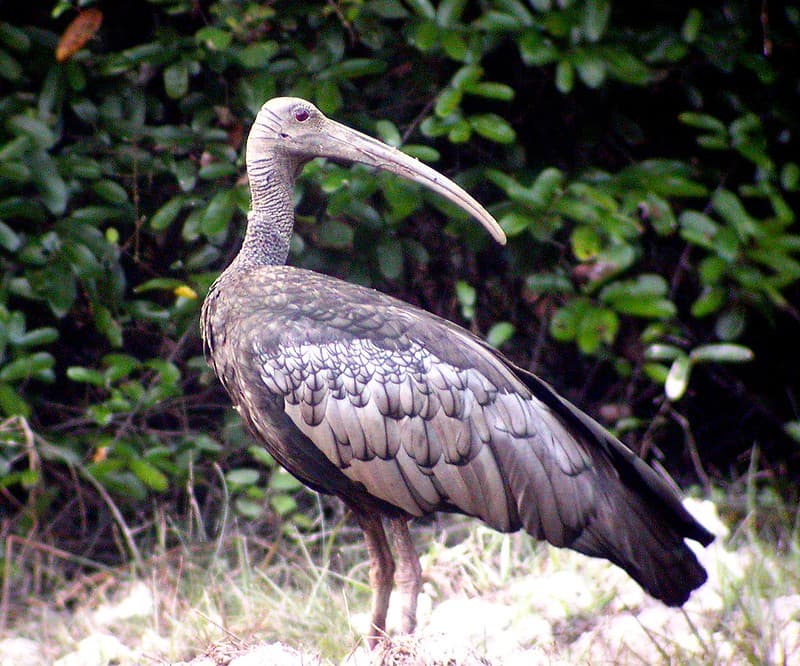
These birds are the largest extant ibis species that can grow up to a meter tall, weighing about 4 kilograms. Adult giant ibis has overall dark grayish-brown plumage with a naked grayish head and upper neck. There are dark bands across the back of their head and shoulder areas. The interesting thing about them is the loud ringing call that they make around dawn or dusk.
As national birds of Cambodia, Giant Ibis inhabits various 59 areas in many parts of the country. Now, there are around 1000 individuals in flood plains, lakes, marshes, swamps, semi-open forests, and wide rivers in Cambodia.
Kouprey
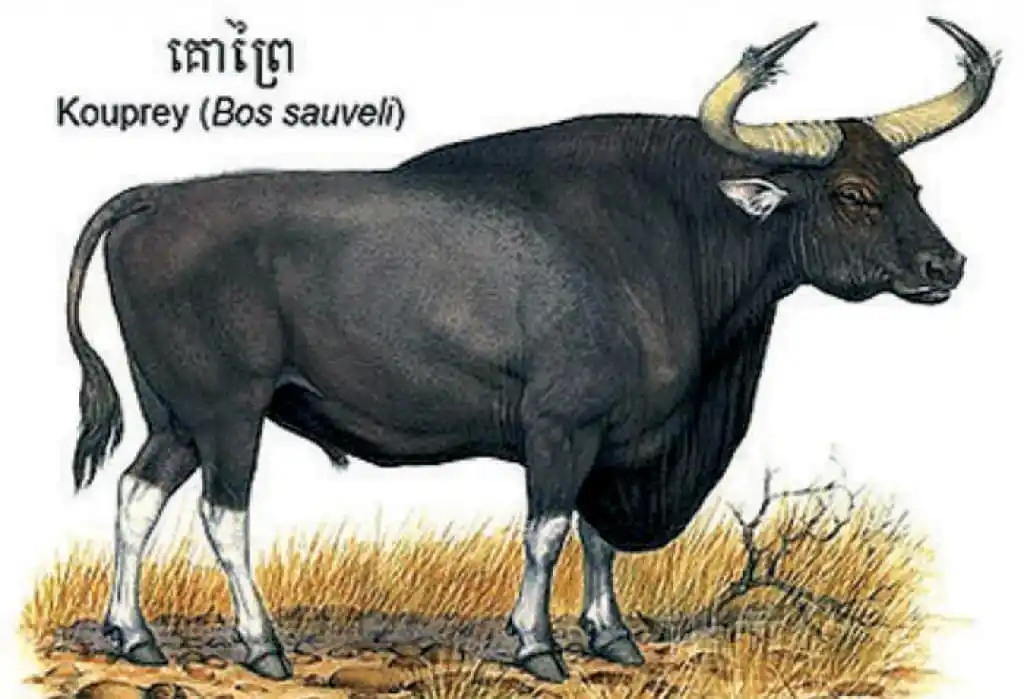
Though most likely to be extinct, Kouprey remains Cambodia’s national mammal still. Looking so majestic, Kouprey has a dark and narrow body with a humped back. The main feature that makes Kouprey so easy to recognize is the drooping dewlap that extends to its knees. The older the Kouprey, the more drooping the dewlap, so drooping it almost touches the ground.
An adult male Kouprey can be as tall as 1.81 meters, with a pair of large curvy horns. From the hooves to the knees, the color of those parts is white or gray on 4 legs. Kouprey is brown as a calf, then gray in adulthood, before turning dark gray when it gets old. This wild cattle population was heavily decimated by human disturbance and hunting. It has been decades since the last sighting, but hopefully, these elusive mammals are still around.
Lady Finger Banana

So popular amongst Khmer people, lady finger bananas are the national fruit of Cambodia. People use this banana in praying on various religious occasions such as holy days and other celebrations. The special thing about these bananas is that they taste great while the texture is soft and slightly aromatic. Besides the taste and health benefits, lady finger bananas are also great for baking and other desserts too.
Northern River Terrapin
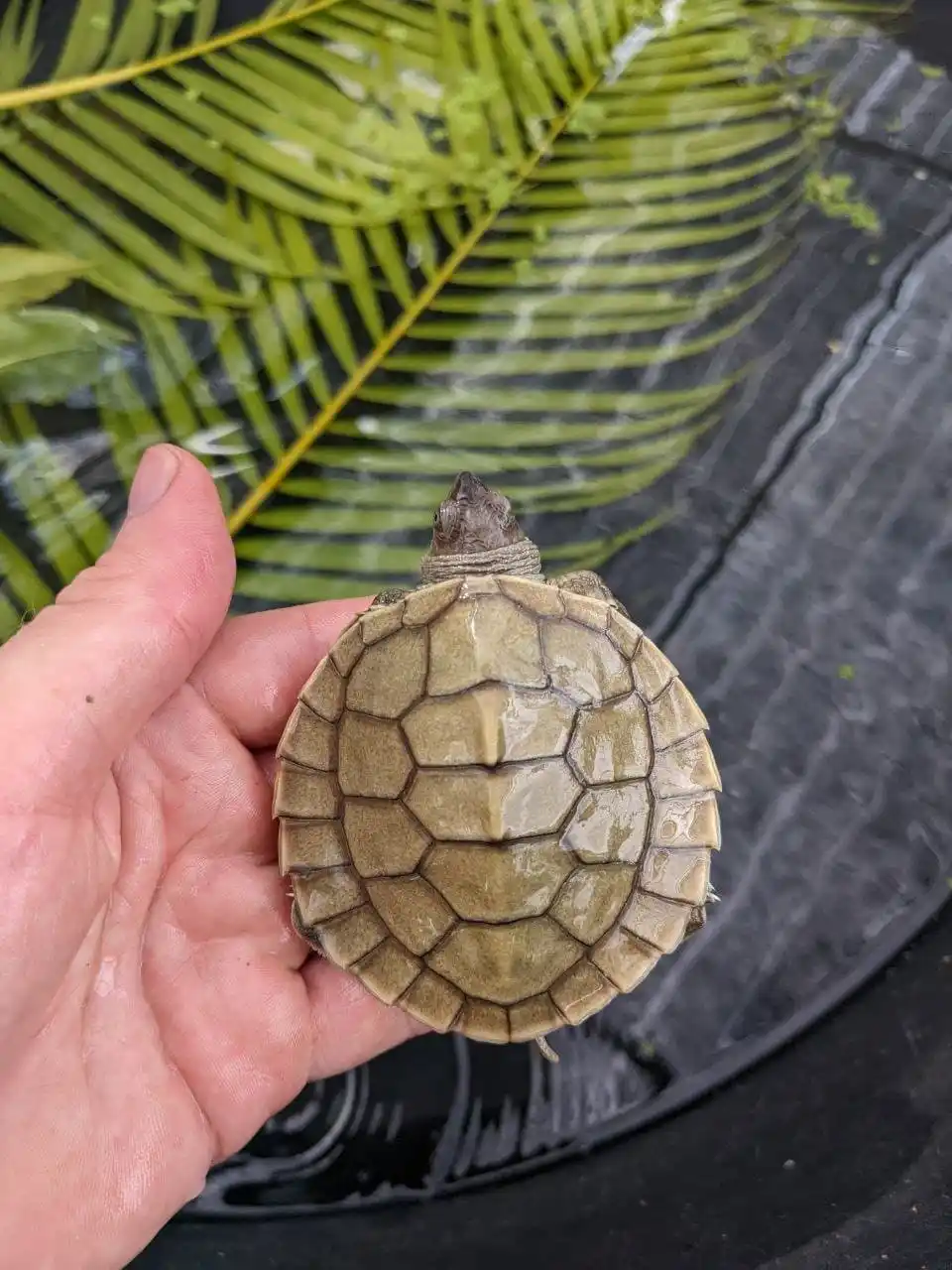
Known as Royal Turtle in Cambodia, Northern River Terrapin is the national reptile in this country because of its special features. At the same time, this reptile species is also rare with a priceless natural heritage. Northern River Terrapin went extinct once in 1995, but they were found again in Srae Ombel district, Koh Kong province. Their population is also doing very well now thanks to the hard work from the Wildlife Conservation Society’s Cambodia.
I used to come across an article that mentioned the reason why Northern River Terrapin is called Royal Turtle. Back in the old days, the Northern River Terrapin was a very rare and beautiful reptile species. So Cambodian people loved to catch them and present them as gifts to the royal family. Because of such customs for a long time, Northern River Terrapin became more common as Royal Turtle instead.
Palm Tree
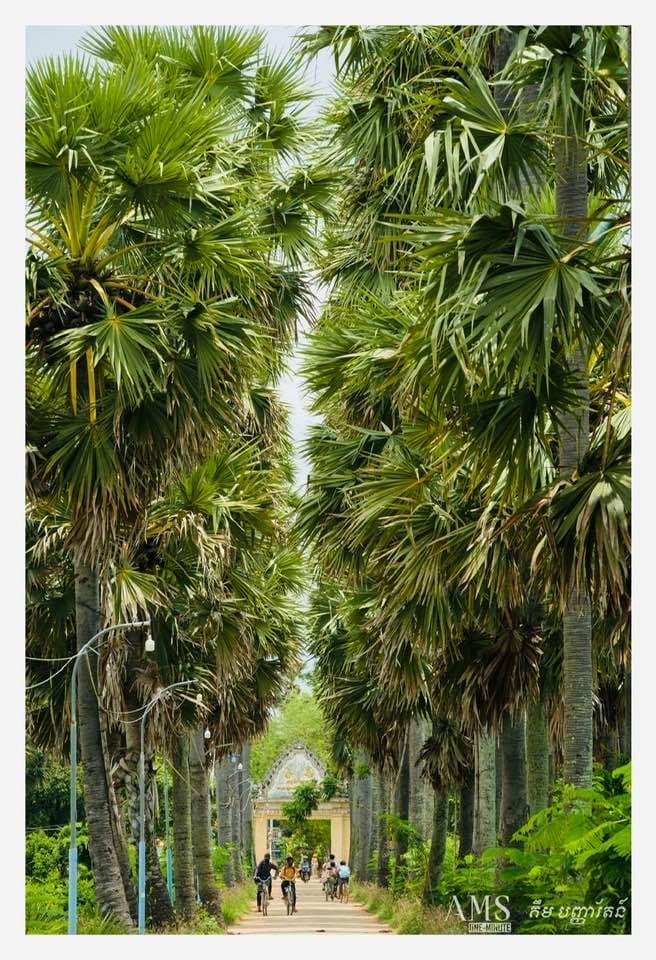
Palm trees have big and straight trunks that can stand up to 10 meters tall, and they are Cambodia’s national trees. There are so many palm trees across Cambodia, and they provide so many benefits for daily life. The trunk makes durable and sturdy boats while the leaves function as a roof for homes in rural areas. People also use palm fruits to make desserts, snacks, and even palm sugar. Palm juice itself is also quite popular because of its pure and refreshing taste.
Rumdoul Flower
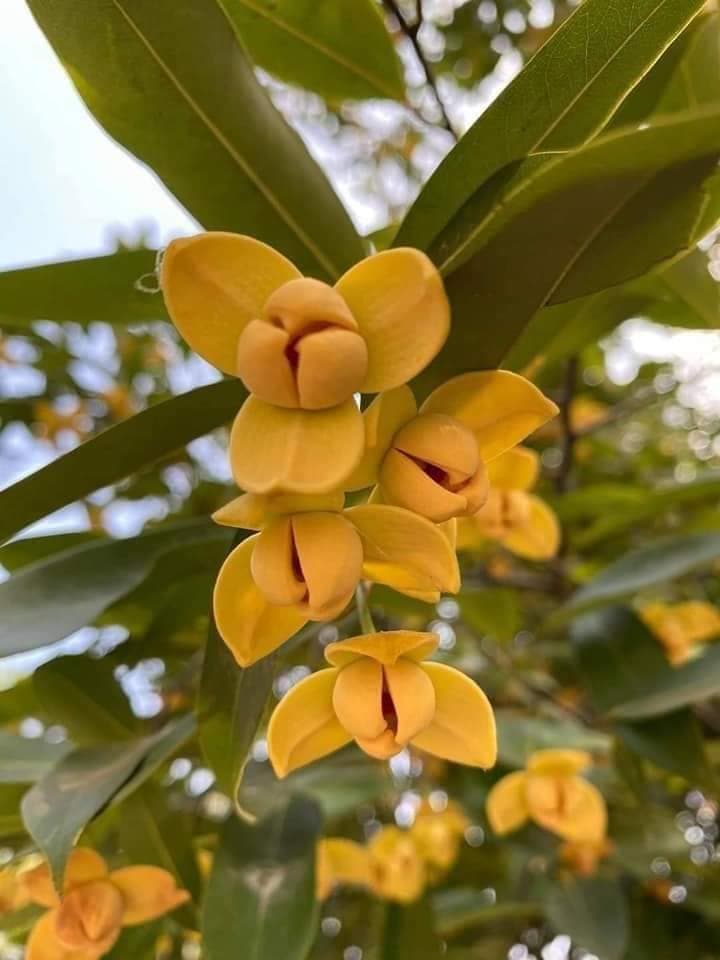
Rumdoul flowers have incredible fragrance along with many other benefits in Khmer society; hence, its position as Cambodia’s national flowers. In ancient times, people used these flowers as an ingredient in lip balm because of their unique aroma. At the same time, Rumdoul also have medicinal properties which is a total plus. The barks of Rumdoul trees can treat fever while the flowers can reduce dizziness, fatigue, and more.
Related Post: Fun Celebrations & Festivals In Cambodia
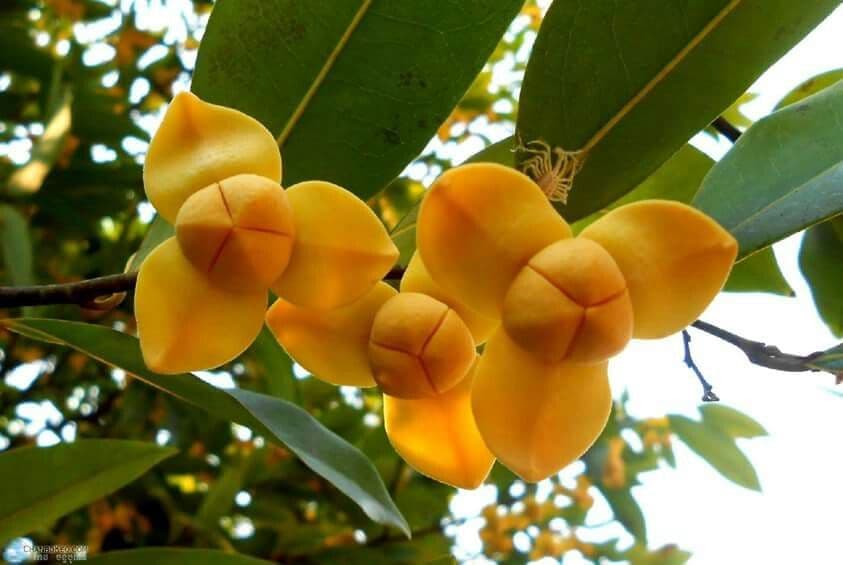
[…] 7 National Animals & Plants Of Cambodia […]
[…] Related Post: National Plants & Animals Of Cambodia […]